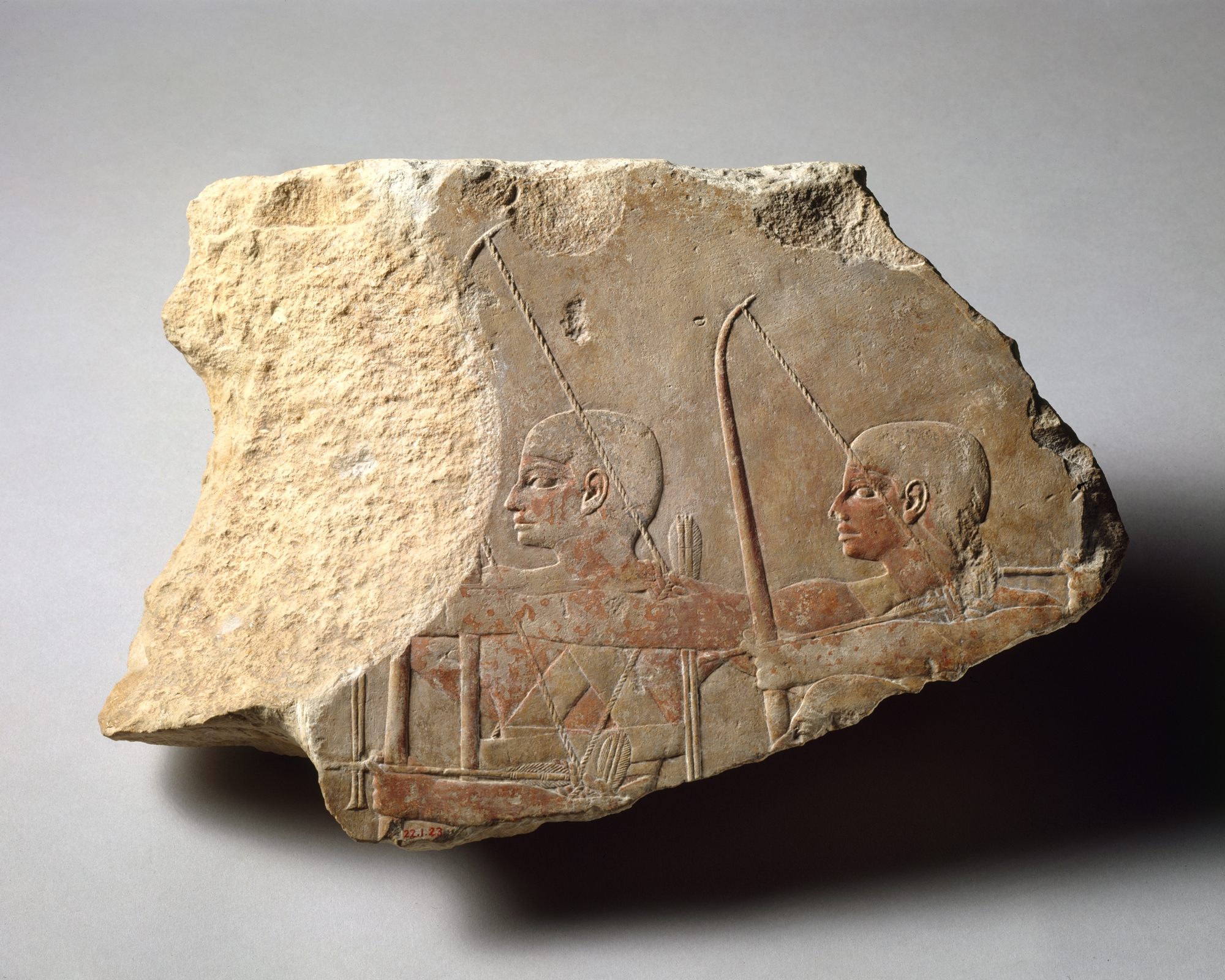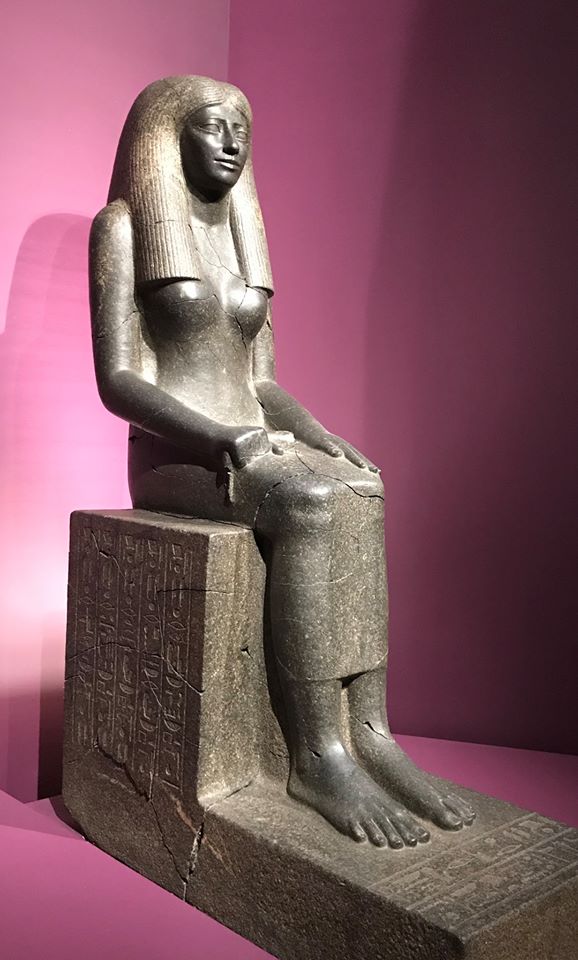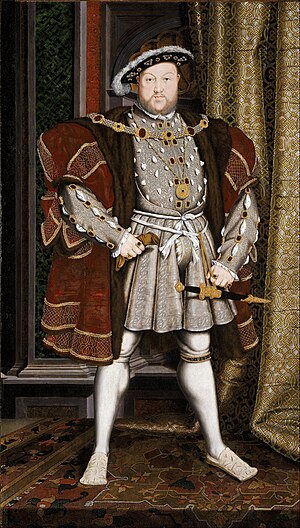
Part I: A History of Portraits | The human need for Permanence
Written by Sakhshi Mahajan
A portrait is defined as an artist’s expression of a person in a medium or style of his/her choice. This art form includes sculptures, drawings, paintings or any other artistic representation and can be traced back to the oldest civilizations.
From the Ancient Egyptian civilization to the Renaissance period, the ultimate objective of creating portraits revolved around the notion of making something about the human condition permanent, permanency being ‘the property of being able to exist for an indefinite duration’. In different periods “permanence” meant different things in terms of portraiture, but essentially it meant capturing the physical and/or emotional likeness of a particular person for eternity. Two characteristics of portraits remained common throughout – first that they were made primarily for a public purpose; and second that the subject mostly included religious figures or people in power.
Portraits were both stylized and naturalistic yet their characterization did not always depend on the time period they were created in. Even though the likely instinct of humans is to associate a portrait with a naturalistic expression, the oldest portrait in the history of art was stylized.
A 26,000-year-old Moravian sculptural head (above) created by carving a fragment of a tusk belonging to a woolly mammoth is believed to be the oldest. The most intriguing part is that this portrait of a woman is approximately the size of a thumb and bares so much character and expression regardless of its size.
Going back to the Ancient Egyptian, Greek and Roman Civilizations, one finds that portraits have served mainly as records of history and memorial grounds. In the Egyptian Civilization, wall paintings and sculptures of pharaohs and gods were made so that the spirit would reside in them after death. They served to immortalize the dead and the rulers were commemorated to give them a divine status. The sheer scale of the sculptures and the durability of materials that were used to create statues of pharaohs show that they were meant to survive for eternity. In the Old and Middle Kingdom, portraits lacked individuality and lacked a recognizable distinction in facial features. It was only in the New Kingdom that the subject was individualized.

Bust of Prince, Old Kingdom and

Painted Limestone: Archers(detail), Old Kingdom

Granodiorite statue of Lady Sennuwy from Kerma, reign of Senusret I ; 12th Dynasty of the Middle Kingdom.
In the New Kingdom portraits started showing intimation of facial features that made them recognizable. Different kings and queens including Ramesses II were known in later generations through their monuments. Interestingly, in Akhenaten’s reign, due to his religious revolution there was a huge change in imperial portraiture. He believed that there was only one god, Aten (disk of the sun) and he threw out all the other priests from his kingdom. The portraits of his era were drastically different to what was conventionally created. According to scriptures, he attempted to strongly emphasize the fact that he was unique; as was his god, Aten. He took an eager interest in overseeing how he and his family were being depicted in art.

Akhenaten, Relief and Sculptures; 18th dynasty, New Kingdom
Aten the sun god holding ankhs to the noses of Akhenaten and his wife Nefertiti, their 3 children are also shown.
Ancient Greek and Roman art included sculptures and busts of people in powerful posts. Figureheads on coins were also introduced as a common form of portraiture during this period (something that continues till today). The desire to be remembered after death was of utmost importance to the rulers. Additionally, portraits were created for pious king worship and to idealize heroes who portrayed an act of piety.
For instance, the sculpture of Kleobes and Biton is an example of two brothers being immortalized because of a saintly deed. The story talks about the brothers pulling a wagon to carry their mother to the temple of Hera for a festival in place of oxen. Having accomplished this feat their overwhelmed mother prayed to the God Hera to honor her sons. They were granted death, which was thought to be a blessing. Following this, the people in Argo created two statues to commemorate them.

Marble Sculpture Kleobis and Biton by Polymides of Argos, 580 BC.

Greek Coin: Syracusan tetradrachm (c. 415–405 BC) Obverse: head of the nymph, Arethusa, surrounded by four swimming dolphins and a rudder; Reverse: a racing quadriga, its charioteer crowned by the goddess Victory in flight.
Marble portrait of Julius Caesar, 44 BC
During the middle ages, portraiture substantially declined and was confined to donor portrait paintings or sculpted architecture, especially those of religious subjects. The subject of these works included holy figures like Jesus, Mary and Saints and also superimpositions of people who commissioned these portraits. The purpose of donor portraits was to memorialize the donor and his family, and especially to solicit prayers for them after their death. Displaying portraits in a public place was also an expression of social status.

Hans Memling, Oil Painting; the Madonna and Christ-child are blessing the donor, who is presented by Saint Anthony the Great.
Starting in the mid-fifteenth century, painters made the shift from religious images to making portraits of the powerful and the famous. In the Renaissance Period, with the rise of Humanism and man-centric approach to arts of all forms, the realistic or naturalistic portrait came to being. Works by Botticelli, Verrocchio, Ghirlandaio, Pisanello and Leonardo da Vinci epitomized this art form. It was usually royalty and noble men who could afford to spend the time and money for the same and they dictated how they wanted their portrait to look and how their status was exemplified. In other words patronage determined the content and quality of the work.
Additionally, court painters existed all over the world between the 15th to the 19th century. These painters were commissioned to create history paintings, that tell us visual stories and complement writings about important leaders and periods in the past. In India, Mughal miniature paintings were a style developed by court painters to illustrate Indian history in a sophisticated anecdotal manner. They either existed as colorful book illustrations or as album portraits and depicted myths as well as court life and history. They offer a theatrical, vibrant and realistic imagery that was painstakingly created to tell a story.

Hans Holbein The Younger, Portrait of Henry VIII, 1540 (Court Painting in Europe)

A miniature from Baburnama, Memoirs of Babur, 1483- 1530 (Court Painting in India)
In conclusion, from the Egyptian period to the Renaissance, both stylized and naturalistic portraits have existed, but they were created for posterity. The portrait for permanence took many different forms and were created for a variety of dynastic, commemorative, judicial, personal, and propagandist purposes. While a majority of portraits were made solely for the public domain such as city squares, civic or religious institutions, or for mass distribution in the form of coins; occasionally they were also used in private customs to remember families.
It was only post the Renaissance period that the transfiguration of portraiture took a new turn; the subject changed and most importantly the portrait as a medium and expression transformed drastically in turn redefining the purpose of the art form.
Coming soon: Part II: A History of Portraits.

